The Museum of the National Bank of Romania has valuable collections, mainly made up of numismatic items (coins, banknotes, medals), documents, shares and bonds.
The museum collections are scientifically organized and used in exhibitions or for writing promotional materials or scientific papers and offer a chronological image of Romania’s monetary past and the history of the National Bank of Romania.
Furthermore, our museum sees to diversifying its cultural offer by a constant, balanced and selective development of its collections, and by attracting visitors’ interest in a valuable and unique museum display.
1. Our Numismatic Collection is made up of very diverse items, both in terms of chronology and in terms of type.
Primitive money
Pre-coin items were used as a means of payment or hoarding before the creation of money as it is known today. The Museum of the NBR owns a selection of primitive money in the shape of arrowheads, leaves and dolphins.
Coins
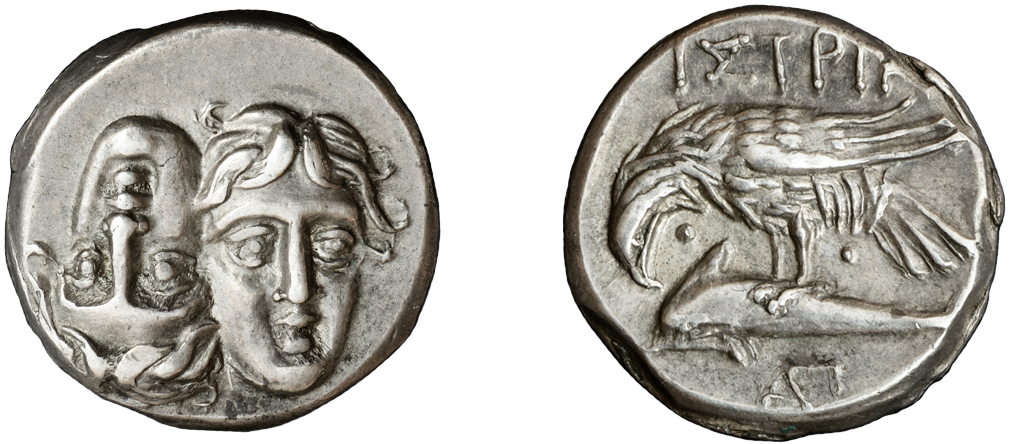
Drachm, Histria
The coins found in the collections of the museum cover a long period of time, of over two and a half millennia. From a chronological point of view, the oldest coins were issued by the Greek colonies on the West coast of the Black Sea (Histria, Tomis, Callatis). The Museum of the National Bank holds the largest hoard of Histrian silver coins found to this day that were discovered in Dobruja.
Macedonian coins issued by King Philip II and Alexander the Great, Roman coins (republican, imperial and provincial), as well as Byzantine coins are all well represented in our collection. The hoard of Pitești, comprising 19 gold aurei of Gordian III, is one of the most important in our collection.
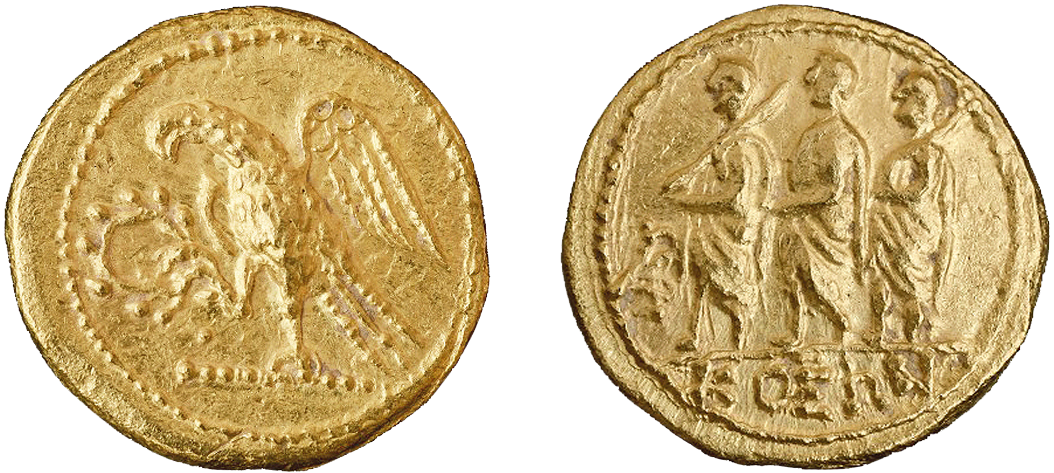
Koson type stater, Dacia
Naturally, a special attention has been granted to Getae-Dacian coinage, which is characterized by a large variety of monetary types, different from each other according to the time and place of issue. The most important ones are the Koson-type gold staters, among the most valuable coins ever to have circulated over the territory of nowadays Romania. The NBR Museum holds 198 such coins, part of an important hoard that was discovered in 1996 in the county of Hunedoara.
The Museum holds coins issued by the rulers of Wallachia (ducats and bani) and Moldova (groats, half groats, double groats) dating from the Middle Ages. This segment of the collection is completed by series of coins from the Roman-German Empire, the Habsburg Empire, the Ottoman Empire, Poland, Hungary, Venice, Russia and the Golden Hoard.

Ducat, Wallachia, Mircea the Elder (left) | Groat, Moldavia, Petru Muşat (right)
A special interest is placed in talers, among European currencies. These are large silver coins that have circulated all over the continent. Out of a great variety of types, the leeuwendaalder issued in the Netherlands has had a distinct destiny.
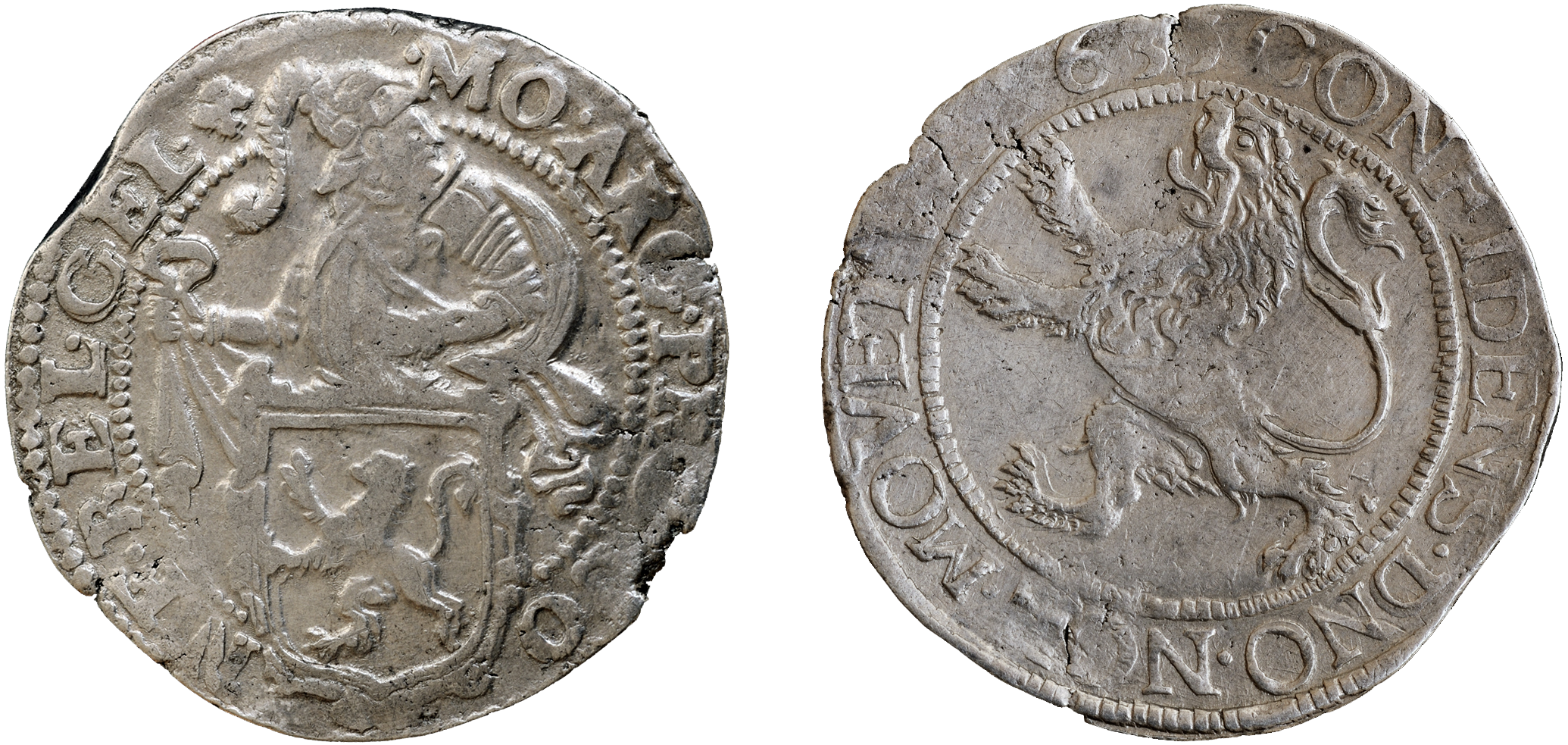
Lion-thaler, the Netherlands, 1633
The leeuwendaalder reached America, via Dutch colonists, and due to the phonetic shift daalder-dollar, the name of the well-known currency was formed. On the other hand, the coin also became very popular over the Romanian territory, due to the rampant lion on the reverse of the coin, which also granted the name of the Romanian currency in 1867, leu (lei). This is the reason why our museum collection carries numerous lei-talers, as well as their subdivisions.
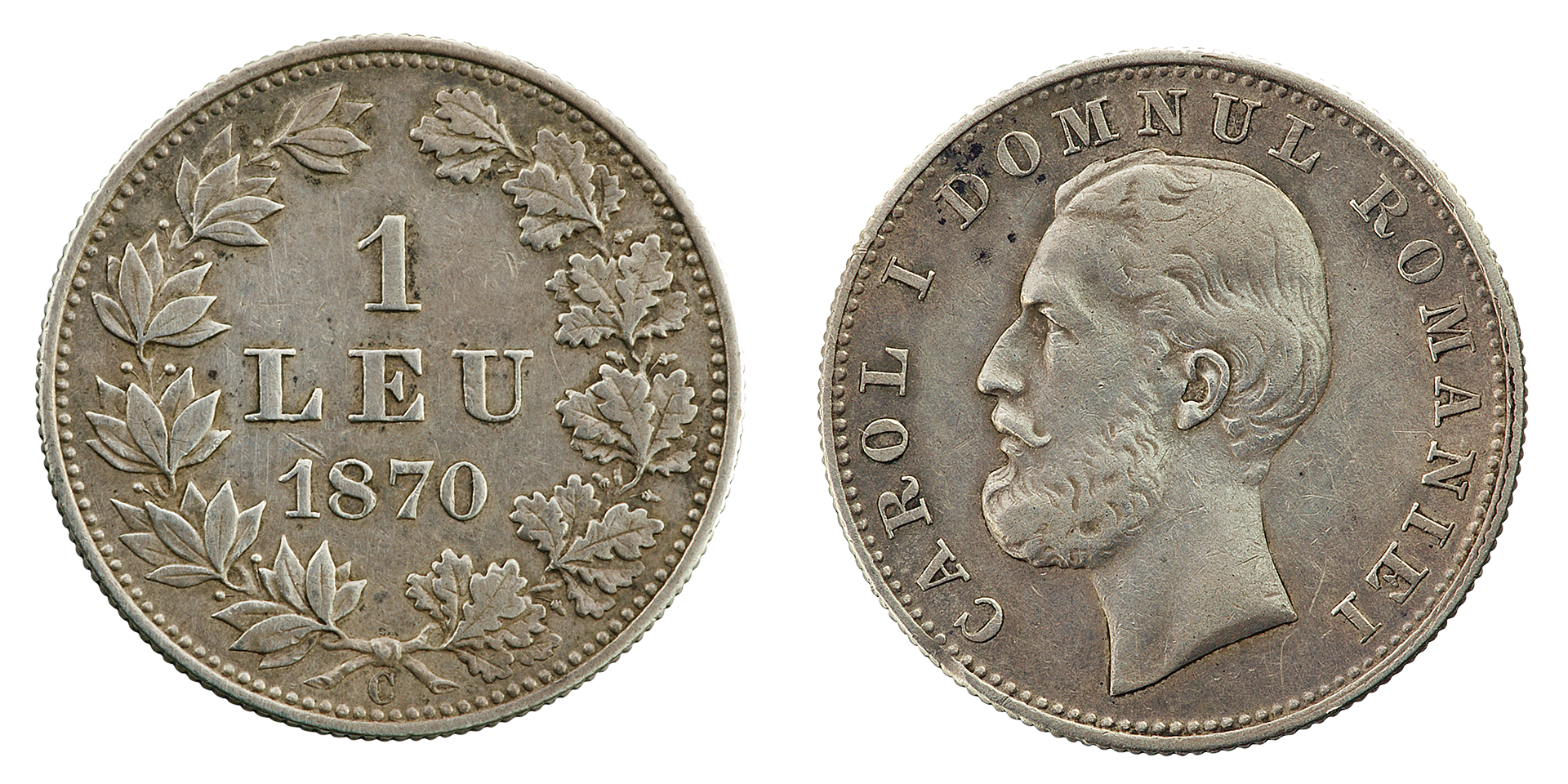
1 leu coin, 1870
The modern and contemporary age is present in the Museum of the NBR with a complete series of Romanian circulation coins from 1867 to 1990, as well as by Romanian gold numismatic issues. In terms of number and value this proves to be the largest Romanian gold coin collection in the country.
Banknotes and alternative means of payment
Alongside banknotes issued by the National Bank of Romania, our museum also carries a complete set of promissory notes issued in 1877, war banknotes, necessity currencies issued by several cities during wartime, as well as coupons.
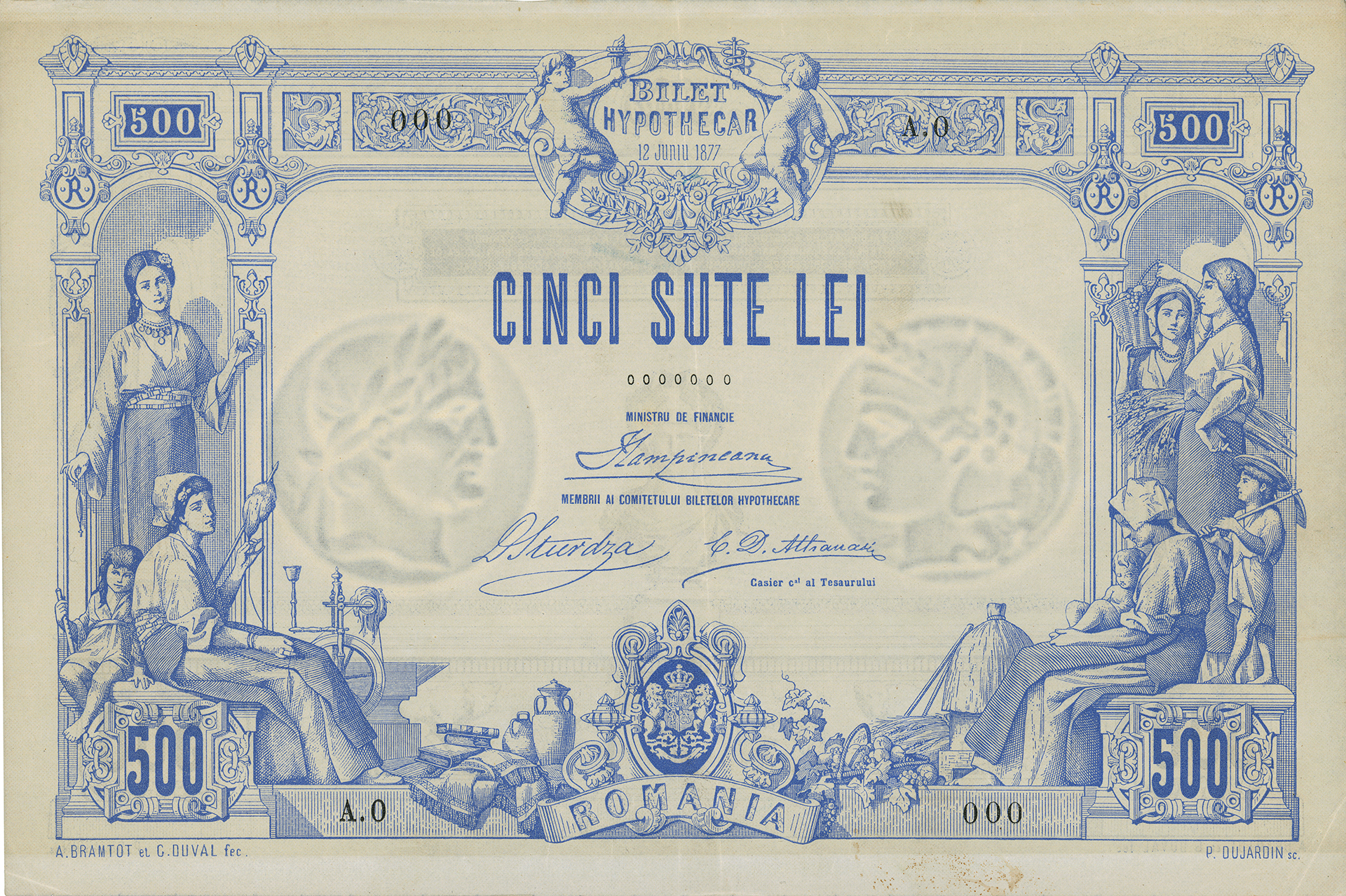
Promissory note, Ministry of Finance, 1877
The museum’s numismatic collection is completed by medals, orders, civil and military decorations, coupons, scales civile şi militare, and monetary weights.
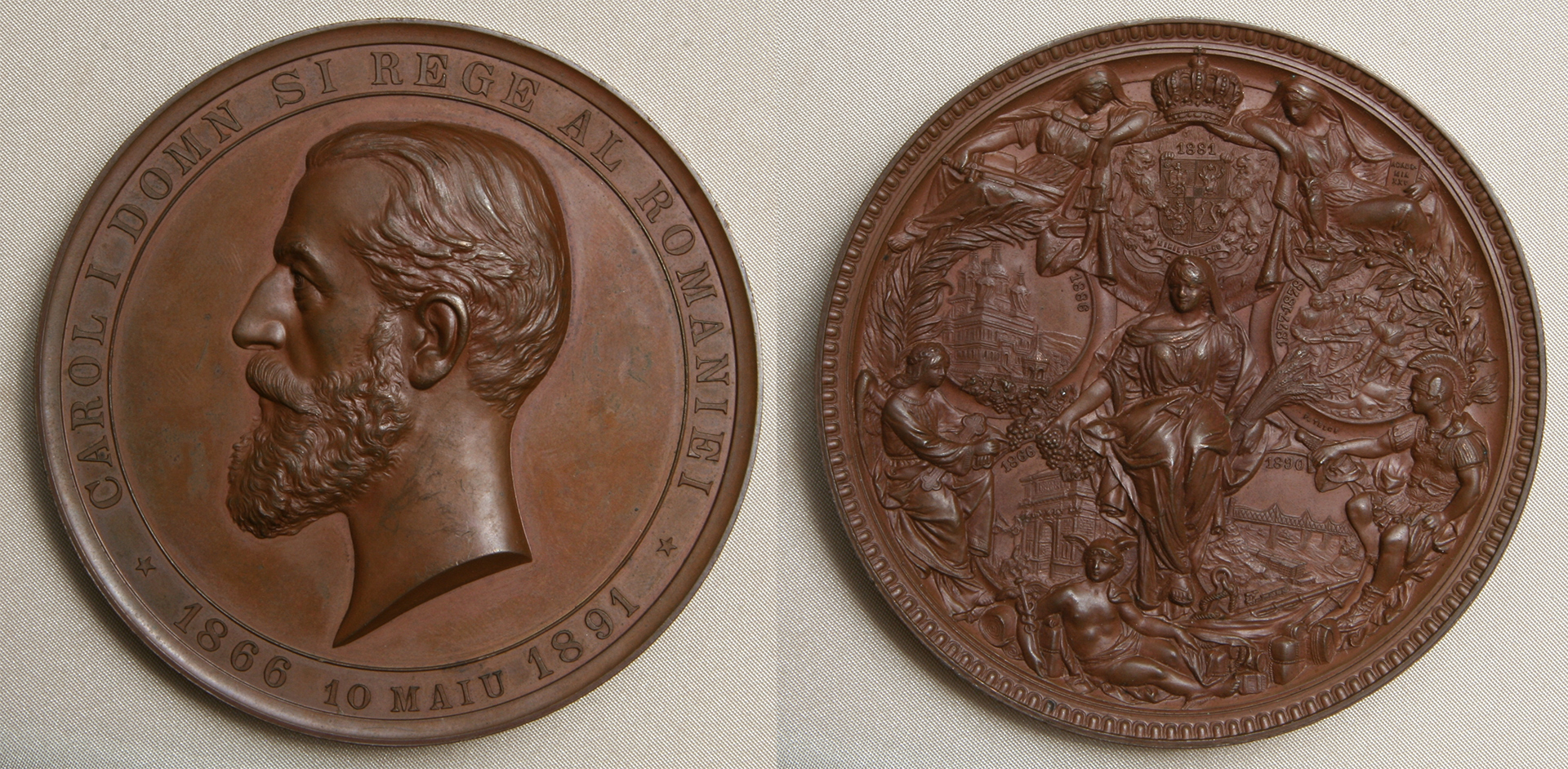
Medal, Carol I, 25 years of rule
2. The collection of Numismatic Issues of the NBR features coins, medals and mint sets, issued by the National Bank of Romania, and is dedicated to collectors. These issues are mostly made of gold and silver and are dedicated to important events in the history of the Romanian State or various institutions, to relevant personalities in Romanian history, science, culture and economy, as well as to promoting representative sites and monuments in our country.

Medal, 10 years since the inauguration of the Museum of the National Bank of Romania, 2007
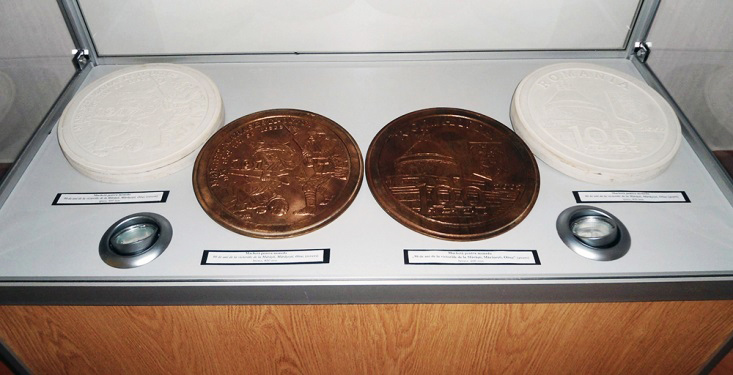
Plaster and bronze scale models
3. The collection of Scale models and molds, part of the technical patrimony of the National Bank of Romania, offers a unique picture of the production process of national monetary signs and numismatic issues. While unknown to the larger public, our scale models (made of plaster, bronze or resin) and molds (positive and negative) beautifully complement all other museum collections and bestow a certain quality of novelty and appeal to exhibitions that include them. They also offer interesting information about the art of engraving masters and the development of production technologies for coins and medals.
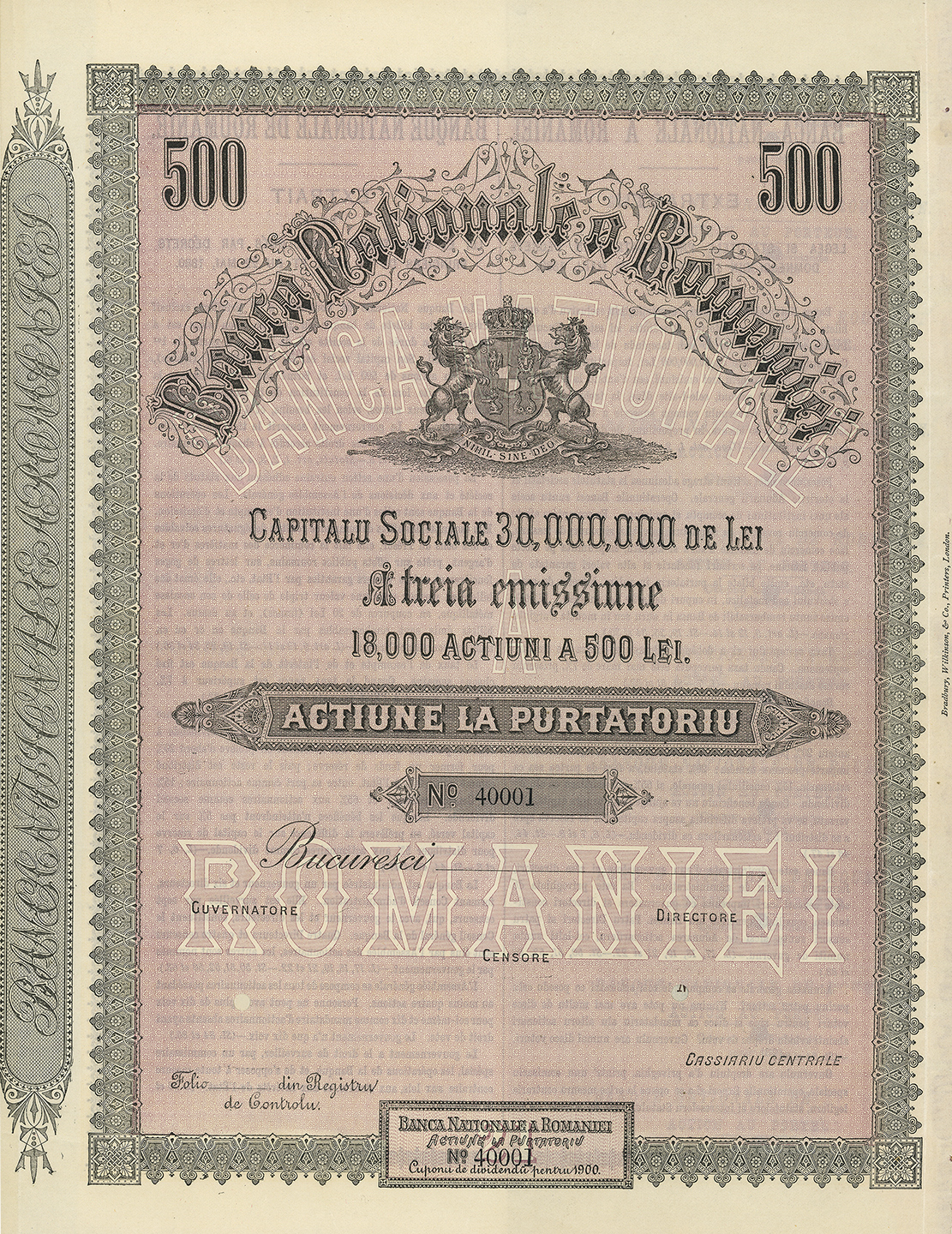
Share, the National Bank of Romania
4. The collection of Documents and Paper Items is made up of shares, bonds, documents and photographs illustrating the history of credit and of the National Bank.
Titles and shares of different banks, including those of our institution, as well as of several well-known industrial companies offer an image of all stages of the Romanian state during economic and bank trade development. These title bonds often feature a remarkable artistic component, as many of them have been designed by important artists.
The development of the branches and agencies network of the National Bank throughout the Romanian territory, mainly between World War I and World War II, as well as its influence on Romanian architecture is well illustrated on postcards featuring banking themes.